1. The War of Jenkins’ Ear (1739-1748)
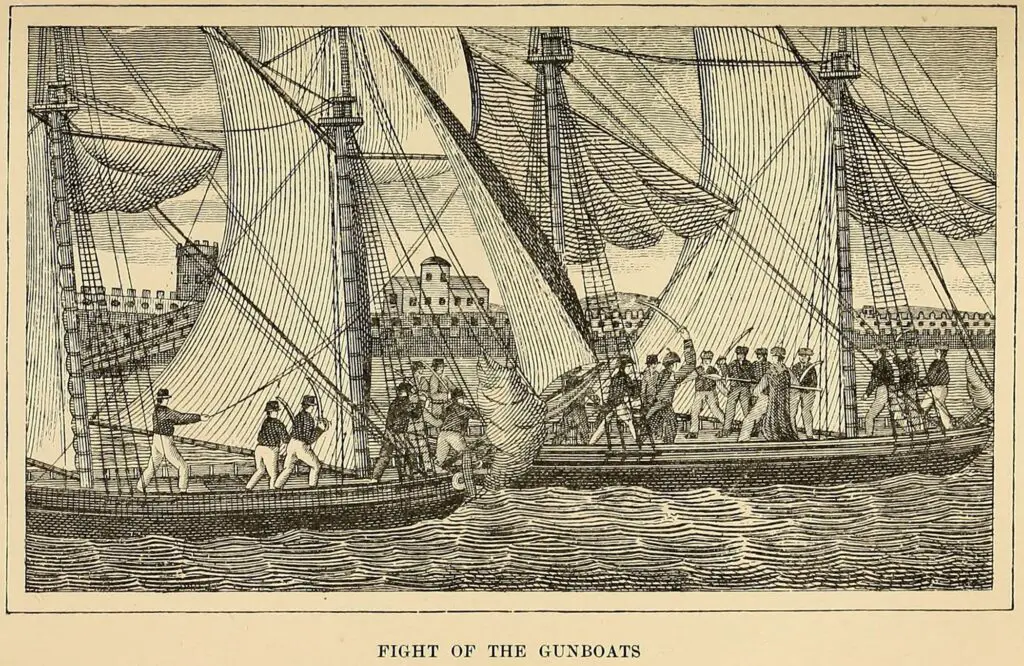
What’s the most ridiculous reason to start a war? How about a severed ear? In the early ’18th century, British merchant Robert Jenkins had his ear cut off by Spanish coast guards during a routine ship inspection. Years later, he presented the ear to the British Parliament, sparking outrage. Britain declared war on Spain, and what should have been a minor diplomatic dispute turned into nearly a decade of fighting shares Britannica.
Though it started over one man’s ear, the war became part of a larger struggle between Britain and Spain for control of trade routes in the Americas. The conflict saw battles in the Caribbean and Florida, with thousands of lives lost. Eventually, it merged into the War of the Austrian Succession, making it even messier. In the end, nothing really changed, and Jenkins’ ear was just a gruesome footnote in history.
2. The Pig War (1859)

Picture this: an international war nearly starts because of a pig. In 1859, tensions were already high between American and British settlers on San Juan Island, located between Washington State and Canada. Things boiled over when an American farmer shot a British-owned pig that had been eating his potatoes. The British were furious, the Americans refused to pay for the pig, and before long, both sides had warships and troops ready to fight says Wikipedia.
Thankfully, cooler heads prevailed, and instead of actual warfare, the conflict turned into a long diplomatic standoff. The only casualty was the pig, and after several months, negotiations settled the dispute peacefully. Eventually, the island was awarded to the U.S., but not before proving that sometimes, all it takes is a hungry pig to bring two nations to the brink of war.
3. The War of the Stray Dog (1925)
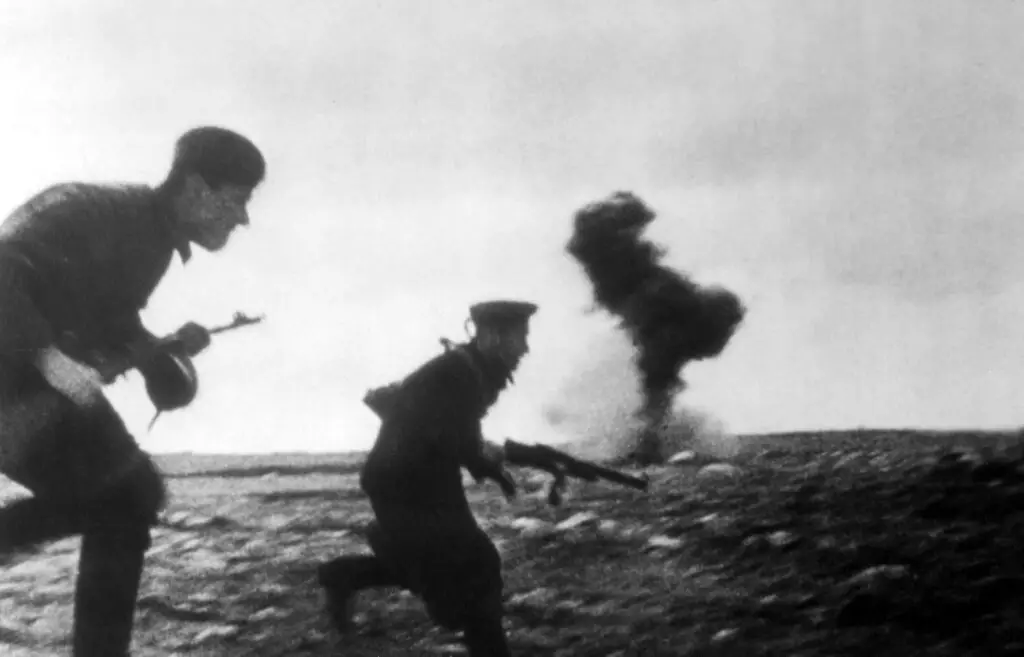
Wars have started over assassinations and invasions—but how about a runaway dog? In 1925, a Greek soldier’s dog wandered across the border into Bulgaria. When the soldier chased after his pet, he was shot by Bulgarian border guards. Greece, outraged over the incident, launched a full-scale invasion shares Balkan Military History.
Greek forces occupied several Bulgarian villages before the League of Nations had to step in and cool things down. Bulgaria agreed to pay compensation, and the Greek troops withdrew, avoiding further bloodshed. The war lasted just a few days, proving that even the smallest misunderstandings—like a soldier chasing after his pet—can escalate into international conflicts says War History Online.
4. The Football War (1969)

You wouldn’t think a soccer match could start a war, but that’s exactly what happened between El Salvador and Honduras in 1969. Tensions between the two nations were already high due to economic and immigration disputes, but things exploded during a series of World Cup qualifying matches. After violent clashes between fans and accusations of unfair play, El Salvador severed diplomatic ties with Honduras.
Just weeks later, El Salvador launched an invasion, and the two countries fought for four days. Hundreds of people died, and thousands were displaced before a ceasefire was finally brokered. The war may have started with soccer, but it was really about deeper political issues that had been simmering for years. Still, it remains one of the strangest cases of sports leading directly to battle.
5. The Emu War (1932)

It’s not every day that a country goes to war with birds, but Australia did just that in 1932. After World War I, Australian farmers struggled with a massive emu invasion that was destroying crops. In desperation, the government sent soldiers armed with machine guns to take down the flightless birds. What should have been an easy extermination effort turned into an embarrassing disaster.
The emus proved shockingly resilient, dodging bullets and outrunning soldiers. Even with thousands of rounds fired, the birds kept coming, and the government was forced to admit defeat. In the end, the emus won, and Australia had to find less dramatic ways to protect its farmland. It remains one of the only wars where the losing side was a group of large, unarmed birds.
6. The War of the Oaken Bucket (1325)
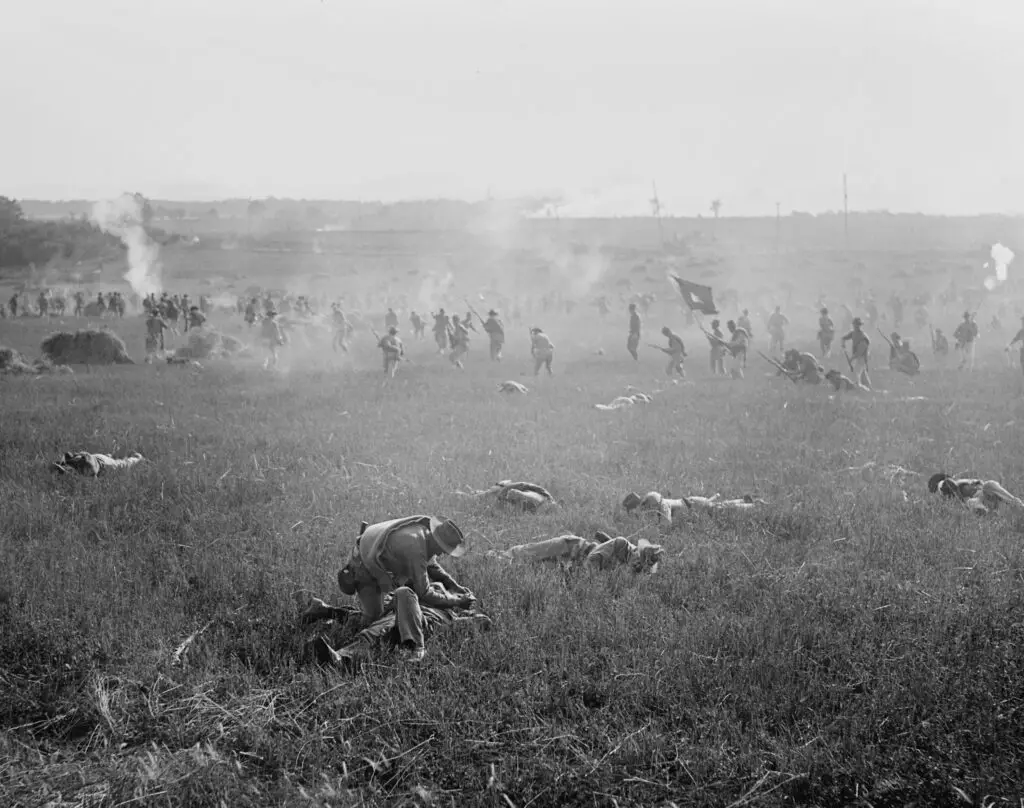
Wars have been fought over land, honor, and power—but in medieval Italy, a war broke out over a wooden bucket. Rival city-states Bologna and Modena had a long-standing feud, and in 1325, some Modenese soldiers decided to steal a bucket from a Bolognese well. Bologna, outraged at the theft, demanded the bucket back. When Modena refused, Bologna declared war.
The conflict escalated into the Battle of Zappolino, where Modena soundly defeated Bologna. Thousands of soldiers fought, but in the end, Modena held onto the bucket. To this day, the stolen bucket remains on display in Modena as a reminder of the time an entire war was fought over something that belonged in a well.
7. The Toledo War (1835-1836)
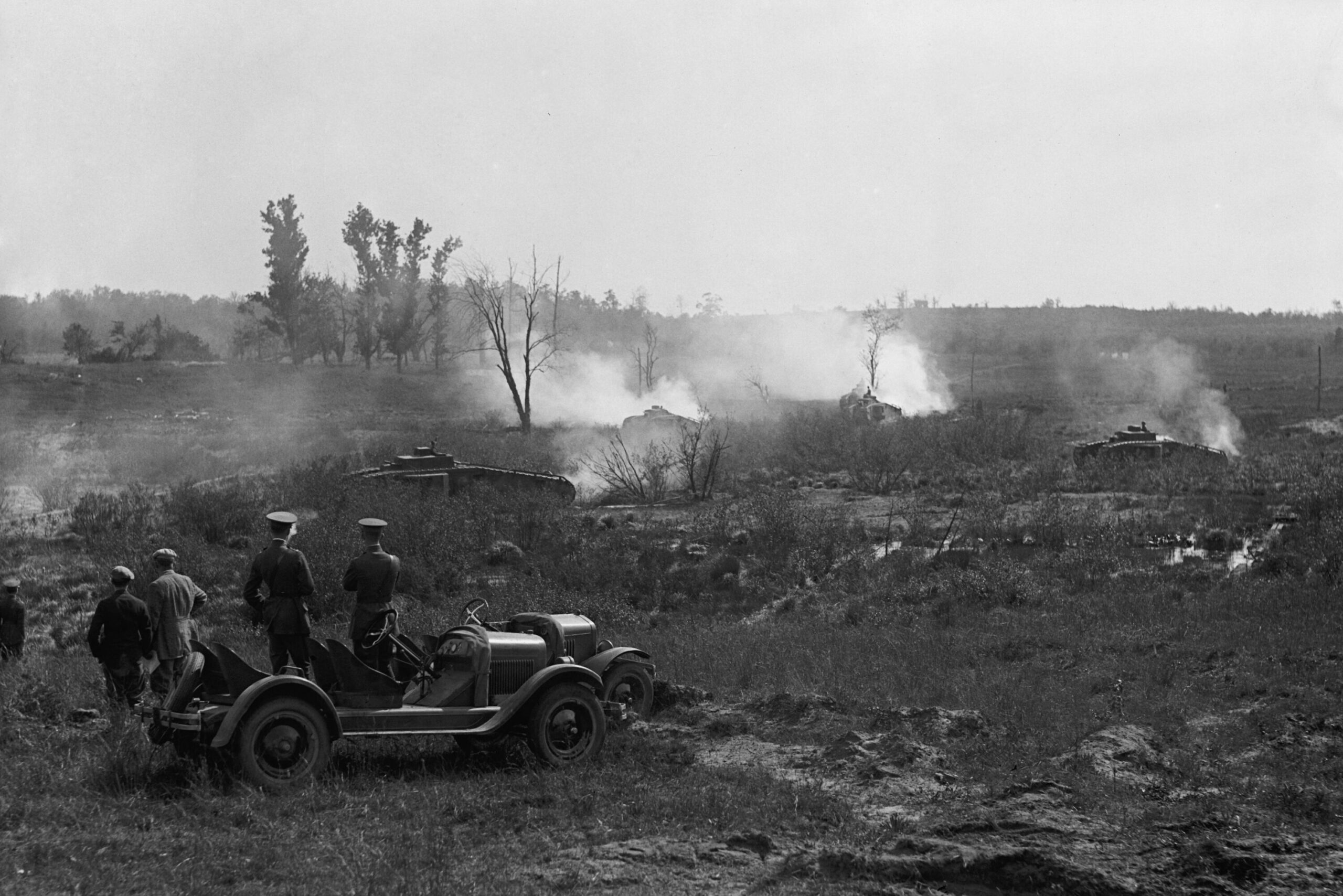
Ohio and Michigan nearly went to war over… a strip of swampy land. In the 1830s, both claimed a narrow stretch of land known as the Toledo Strip. Tempers flared when Ohio tried to enforce its authority, leading Michigan to mobilize its militia. Troops squared off, but instead of full-scale battles, the conflict mostly involved shouting and minor scuffles.
Eventually, the federal government stepped in, offering Michigan the Upper Peninsula as a consolation prize. While Michigan was initially unhappy, the land turned out to be rich in resources, making it a better deal in the long run. Ohio kept the Toledo Strip, and the so-called war ended without bloodshed—just a lot of posturing over some soggy land.
8. The Pastry War (1838-1839)

Yes, a war once started over pastries. A French pastry chef in Mexico claimed that Mexican soldiers had trashed his bakery during a riot. When the Mexican government refused to compensate him, France took it as an excuse to demand massive payments from Mexico. When Mexico refused, France sent warships and began bombarding cities.
The war lasted months, with France blockading Mexican ports and clashing with Mexican forces. Eventually, Britain helped broker a peace deal, and Mexico paid France a settlement. While the war had deeper economic roots, it’s still remembered as the time an international conflict started over a baker’s demand for justice.
9. The Lijar War (1883)

Spain and France went to war—or at least, one tiny Spanish village did. In 1883, the town of Lijar was so offended by how the French had treated Spain’s king during a visit to Paris that they declared war. The problem? Lijar had no army, no weapons, and no way to actually fight.
Despite the declaration, no battles were fought, and France never even acknowledged the war. After 100 years, Lijar finally “ended” the conflict with a formal peace treaty. It may be the only war in history where one side was completely unaware it was happening.
10. The Aroostook War (1838-1839)
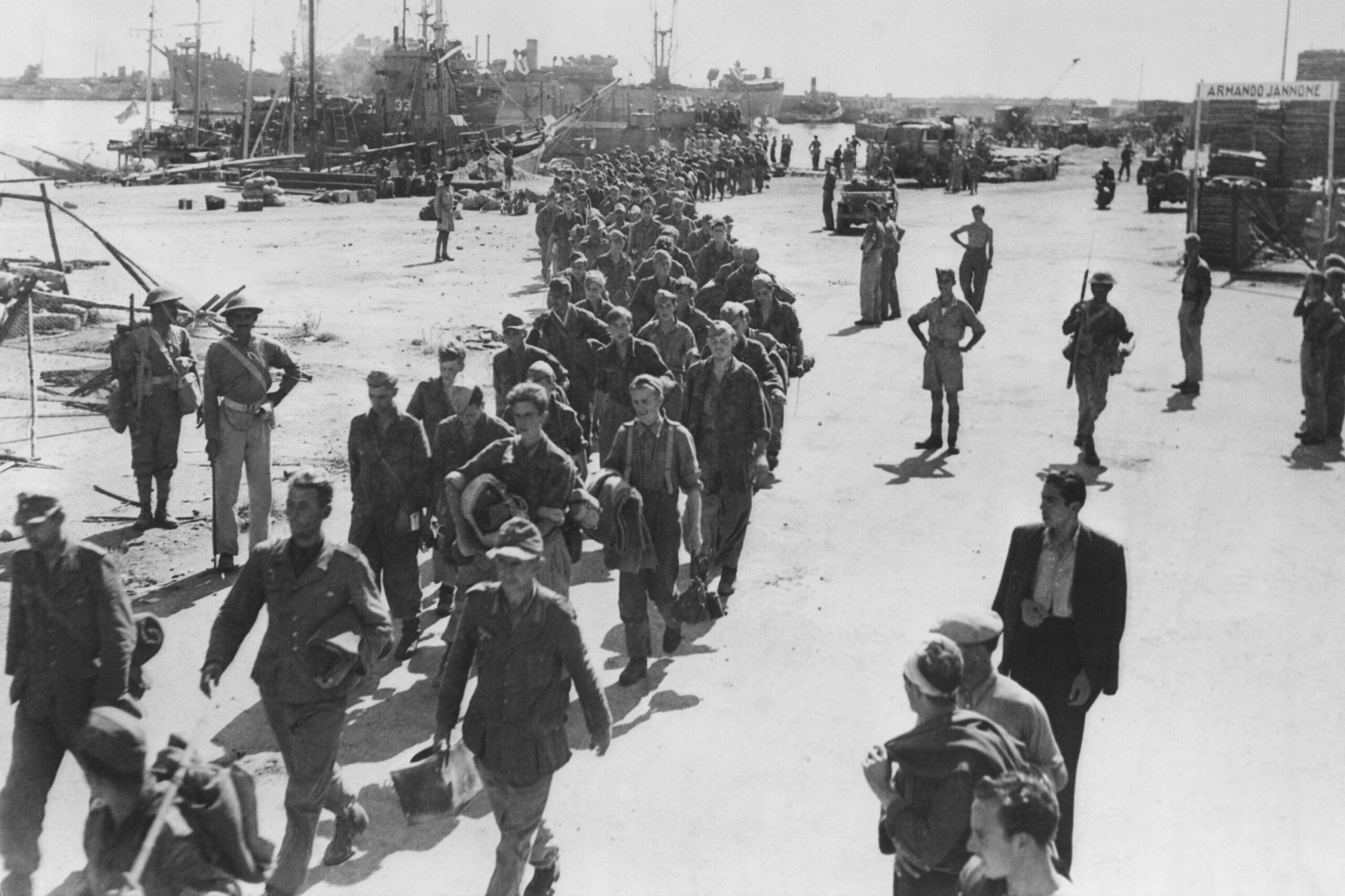
Maine and Canada nearly went to war over logging rights. American and British lumberjacks clashed over timber-rich land along the border. Things escalated with arrests and militia movements, but no actual fighting broke out.
Diplomats eventually settled things peacefully, and the border was officially defined. The “war” ended with zero casualties, except for some very confused trees.
11. The Three Hundred and Thirty-Five Years’ War (1651-1986)

This might be the longest war in history—but it was also one of the most pointless. Back in 1651, during the English Civil War, the Netherlands sided with Parliament against the Royalists. A group of Royalist forces fled to the Isles of Scilly, a small archipelago off the coast of England. For reasons that remain unclear, the Dutch decided to declare war on Scilly instead of mainland England.
The problem? The Dutch never actually engaged in battle. Then, once the Royalists surrendered, everyone forgot about the war. No one officially ended it, and for 335 years, the Netherlands and Scilly were technically at war without firing a single shot. In 1986, a historian discovered the oversight, and a Dutch ambassador traveled to the islands to finally sign a peace treaty. The people of Scilly jokingly celebrated the end of their “war,” proving that sometimes, the biggest conflicts are just bureaucratic blunders.
12. The Moldovan-Transnistrian War (1992)
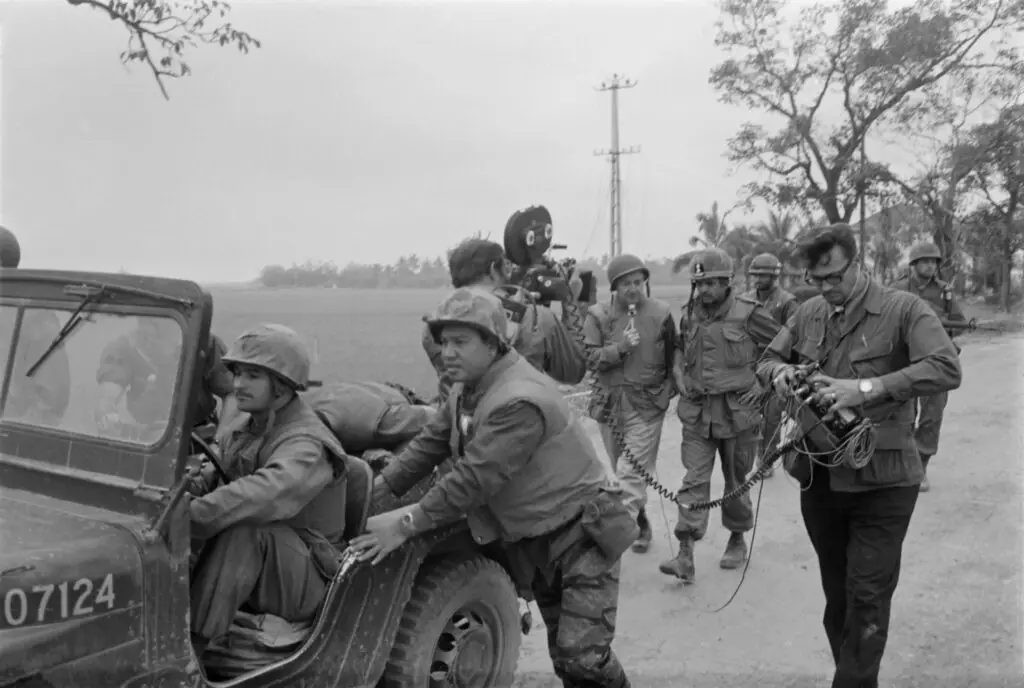
You’d think a country would have bigger problems after the collapse of the Soviet Union, but in Moldova, things escalated into war over a flag. When Moldova declared independence in 1991, it adopted a new flag and symbols to break away from its Soviet past. However, the region of Transnistria, which had a large Russian-speaking population, refused to recognize Moldova’s new identity. Instead, they insisted on keeping their Soviet-style government, flag, and allegiance to Russia.
Tensions quickly turned violent, with clashes erupting between Moldovan forces and Transnistrian separatists. The conflict lasted several months, leaving hundreds dead and deepening divisions. In the end, a ceasefire was brokered, and Transnistria declared itself an independent republic—though no major country recognizes it. To this day, the conflict remains unresolved, all because of an argument over national symbols.
13. The Bucket War (1956)
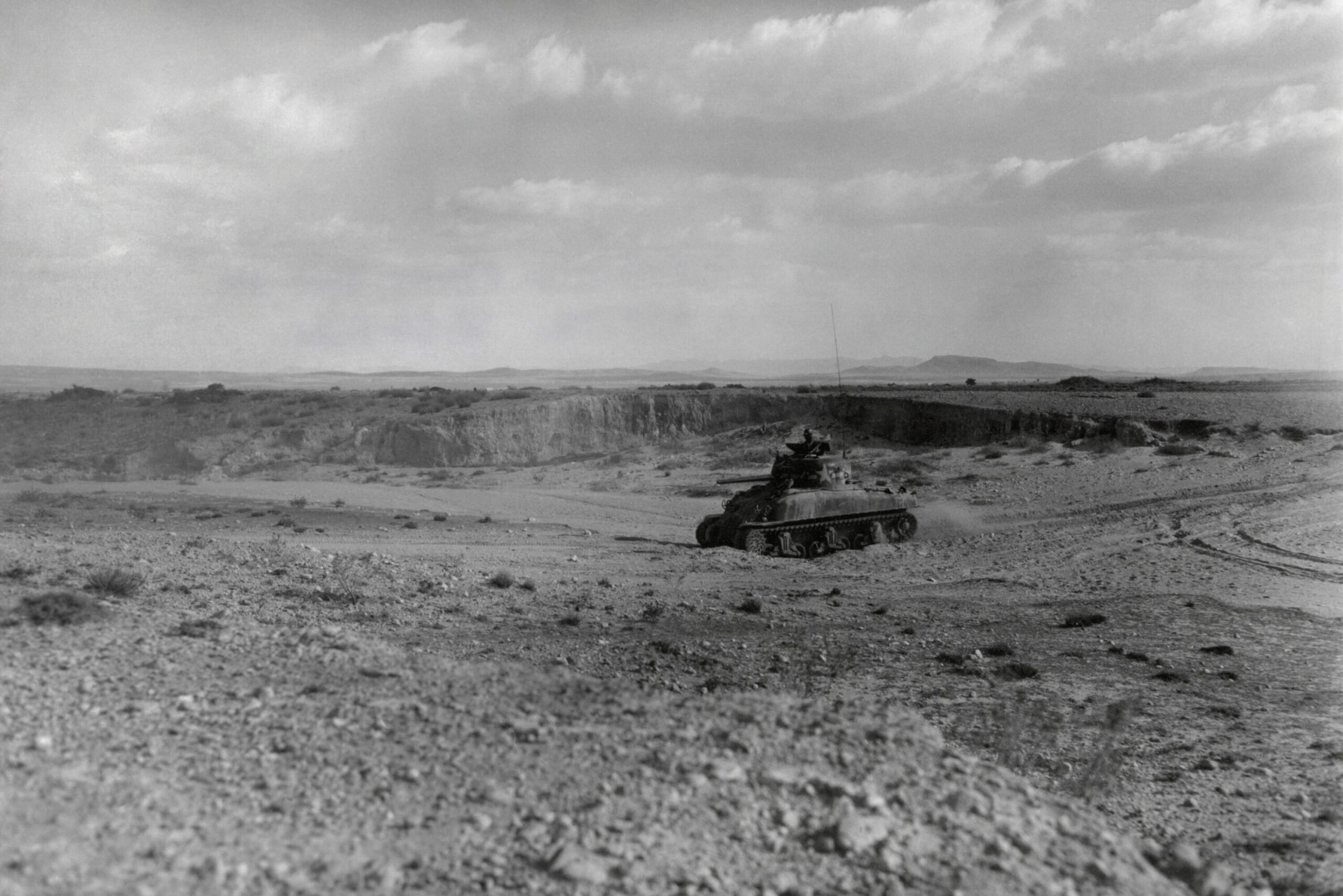
Yes, another war over a bucket—but this time, it was in Brazil, and it turned violent fast. In 1956, political tensions were already running high in the town of São João do Meriti. Rival factions were clashing over water distribution, and things took a ridiculous turn when one group claimed ownership of a communal water bucket. The other faction refused to hand it over, and what started as an argument turned into a full-blown brawl.
Before long, dozens of people were fighting in the streets, using whatever they could grab—sticks, rocks, even more buckets. Injuries piled up, and the police had to intervene to break up the chaos. While the conflict was eventually resolved, it remains one of the strangest cases of political violence in history. It just goes to show that even something as simple as a bucket can spark an all-out battle when tempers are high enough.
